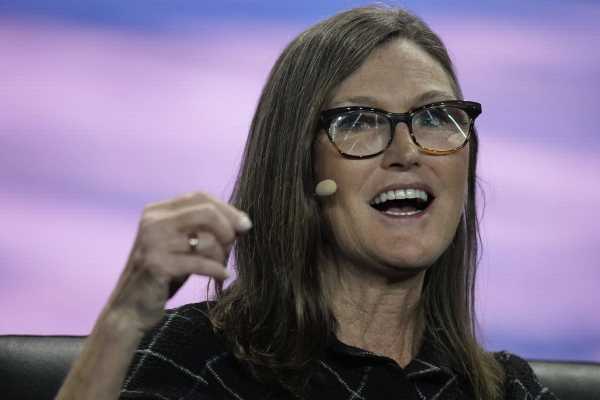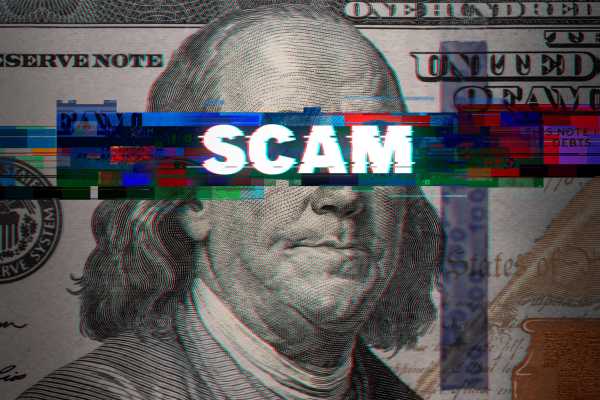Bitcoin Price (BTC) Reversed Lower After Xmas Rally
Interest rates were a tailwind to prices for much of 2024, but now may have become a headwind.

What to know:
- Bitcoin nearly retook the $100,000 level over the holiday, but declined swiftly in early action Thursday.
- The broader crypto market showed even deeper losses.
- Long-term interest rates continued to move higher, with one expert noting the Fed may soon have to change course on monetary policy.
With much of the globe celebrating Christmas, bitcoin (BTC) quietly appeared set to retake the $100,000 level after having fallen to below $93,000 just ahead of the holiday.
The rally, however, stalled at just above $99,800 as Asia opened for business on Thursday morning and declined rapidly to roughly $95,000 only a few hours later.
Bitcoin at press time was trading at $95,300, down 3.1% over the past 24 hours.
The broader CoinDesk 20 Index was lower by 4.2% over the same time frame, with ETH, SOL, XRP, ADA and AVAX among cryptos in that gauge sporting 4%-7% losses.
U.S. markets are open on Thursday, and stock index futures are pointing to modest early losses; gold and oil are marginally in the green.
Crypto's price action over the past 48 hours is surely on very low volume and bitcoin has still more than doubled year-to-date, but perhaps overlooked in declines over the past week is that the tailwind of lower interest rates might have become a headwind.
The 10-year Treasury yield continued to drift upward early Thursday, now at 4.63% and within a few basis points of its 2024 high. The yield is now ahead by nearly 100 basis points since the Federal Reserve slashed benchmark short-term rates by 50 basis points in September.
Macro researcher Jim Bianco noted that the swift move upward in long-term rates following a Fed rate cut is nearly unprecedented in modern monetary history. "The bond market will keep selling (higher yields) the more the Fed talks about rate cuts in 2025," said Bianco. "If the Fed does not back off the rate-cutting talk, bond yields will go as high as needed to start breaking things, to break inflation."



